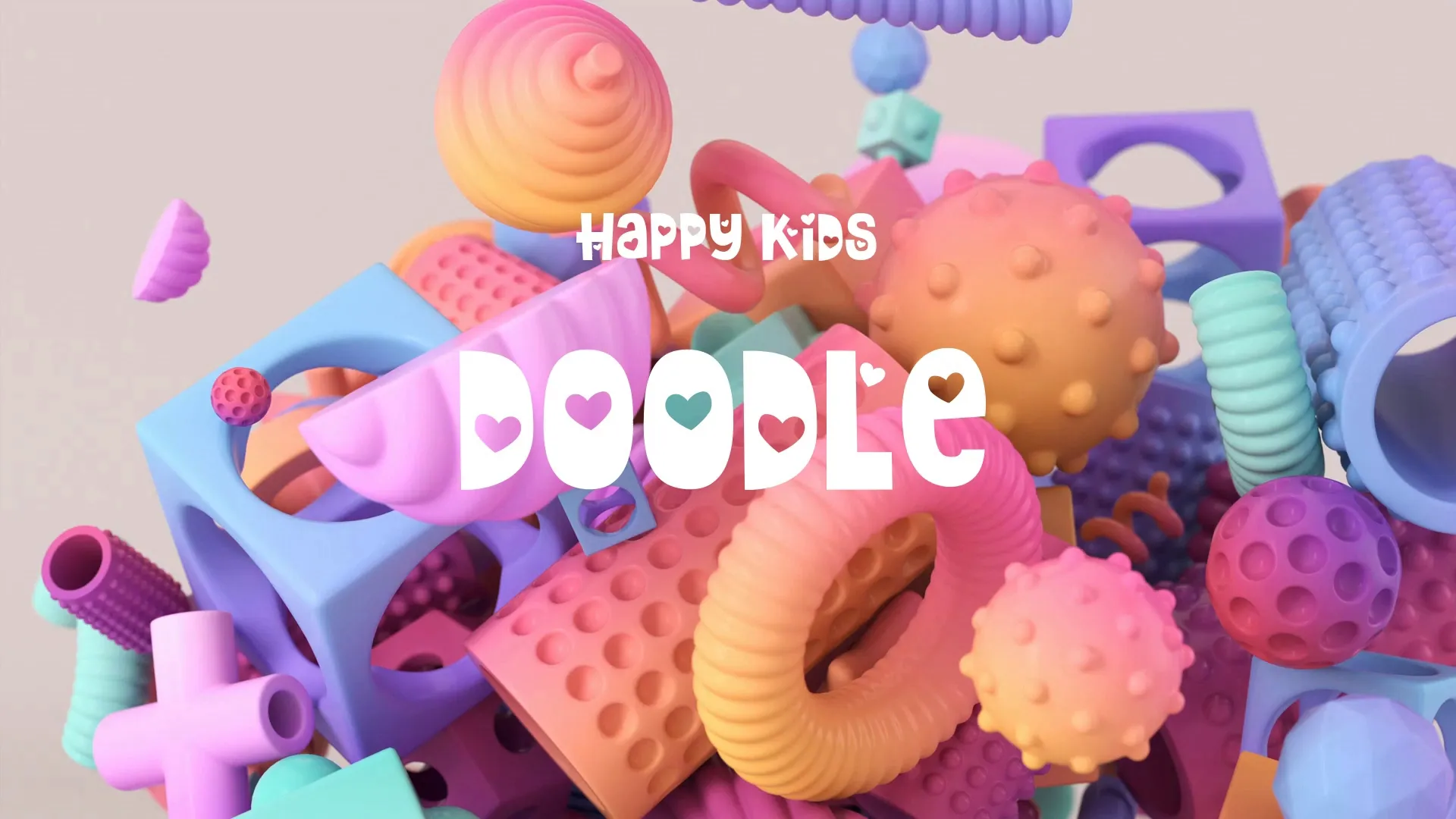Level Up Your Game Jam: Strategies for Community Building & Engagement
Game jams are more than just development sprints; they are opportunities to cultivate a loyal community around your game. Many developers focus solely on finishing a game, overlooking the immense potential for engagement. This article outlines strategies to transform your next game jam into a powerful community-building event.
Define Your Engagement Goals Early
Before the jam begins, decide what kind of community interaction you want. Are you aiming for early playtesters, future collaborators, or simply brand awareness? Clear goals will guide your engagement tactics throughout the event.
Pre-Jam Hype and Recruitment
Start building excitement before the jam even kicks off. Announce your participation, hint at your game’s concept, and invite people to follow your journey. Use social media and developer forums to recruit potential community members who are interested in your project.
Transparent Development Streams
Live stream your development process during the jam. This allows your audience to see the challenges, successes, and creative decisions in real time. Platforms like Twitch or YouTube offer direct interaction through chat, making viewers feel involved.
Involve Your Audience in Micro-Decisions
Poll your audience on small design choices or visual elements. Letting them vote on things like character names, color palettes, or minor gameplay mechanics fosters a sense of ownership. This direct involvement makes them invested in the game’s outcome.
Regular, Digestible Updates
Post frequent, concise updates on your progress. Share screenshots, short video clips, or quick developer logs on social media and your chosen community platform. Keep these updates engaging and easy to consume for busy followers.
Actively Seek and Respond to Feedback
During and immediately after the jam, encourage feedback on your prototype. Create dedicated channels for suggestions and bug reports. Respond thoughtfully to every piece of feedback, showing that you value their input.
Host Playtesting Sessions
Organize specific playtesting sessions, even if informal, during the jam. Observe how people interact with your game and ask targeted questions. This direct interaction is invaluable for both development and community bonding.
Leverage Post-Jam Momentum
Don’t let the community engagement end when the jam does. Continue to share updates on how you’re iterating based on feedback. Keep the conversation going to convert jam participants into long-term followers.
Common Pitfalls to Avoid
Many developers make the mistake of treating community engagement as an afterthought. Failing to plan for interaction or neglecting feedback can quickly disengage your audience. Another pitfall is over-promising or not managing expectations about the jam game’s future development. Use a robust task tracker like Momentum to keep your game jam tasks, and subsequent community engagement efforts, organized and on track, preventing these issues.
Beyond the Jam: Sustaining Engagement
After the jam, consider how you will continue to nurture your community. This might involve setting up a Discord server, starting a newsletter, or planning future community events. For more on preparing for these events, explore resources like 10 Biggest Game Jams in 2025: Dates, Themes, and How to Prepare.
Conclusion
Game jams offer a unique, concentrated period for both game development and community building. By implementing these strategies, you can transform a short creative sprint into the foundation of a thriving community. Start planning your engagement strategy today and watch your community grow.
Create a free account, or log in.
Gain access to free articles, game development tools, and game assets.











.webp)

.webp)









